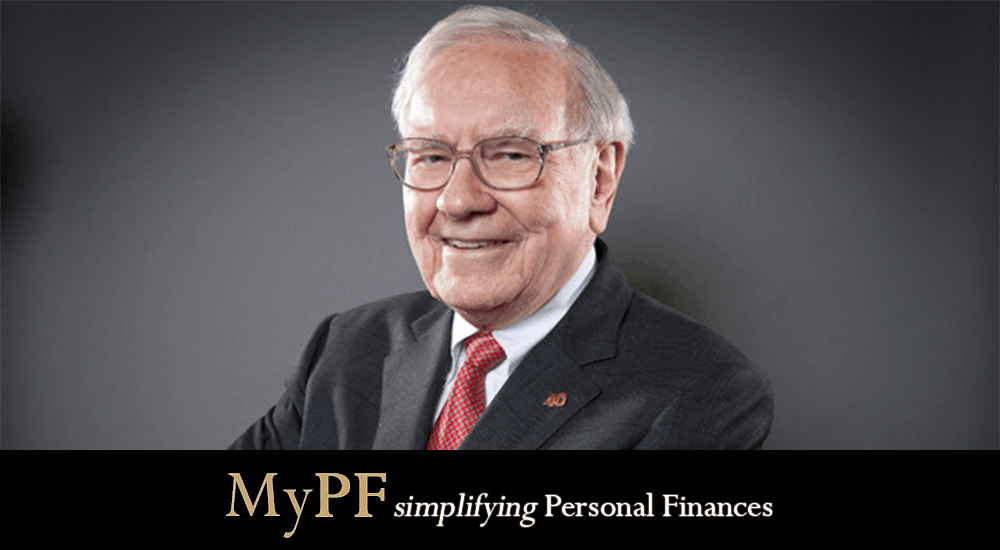Warren Buffett requires no introduction in the investing world. He is the most prosperous investor ever. They hail him as the “Oracle of Omaha” or the “Sage of Nebraska” for his investing prowess. From young, he knew being rich is attainable. Today, he is worth above USD85 billion. His fortune is primarily gained through investing. Want to know how Buffett picks his investments?

Warren Buffett’s investment selection criteria centers around four must-follow rules. He uses these rules before he invests in a specific company.
The targeted company must be:
- Stable and understandable.
- Displayed favorable long-term prospects.
- Managed by honest and capable leaders.
- Undervalued with market price less than its intrinsic or true value.
Buffett has years of successful investing and an amazing track record. These rules have proven to work.

Contents
Rule 1: Stable and understandable
On stability:
Warren Buffett looks for stability and understandability. Does he understand the nature of its business? Consistent positive earnings, low-leverage, high-profit margins, and easy-to-understand businesses attract him.
Buffett investments are long-term. He can compute and forecast the future worth of such share or business. Buffett doesn’t invest in volatiles shares with potential huge profit. He doesn’t look for short-term gains.
”Risk comes from not knowing what you are doing.” ~Warren Buffett
On understandability:
Buffett only looks at businesses he can understand and analyze, i.e. his “circle of competence”. You can’t estimate future performance if you don’t know or understand the business.
For example, the investing world knows of Buffett disinterest in the technology sector. This sector is not his cup of tea. He preferred to become an authority in other kinds of businesses. As his exposure is low, he did not lose much during the dot.com bubble burst.
[Editor: interestingly Buffett’s Berkshire Hathaway ($brk) has in recent years bought a lot of Apple shares ($aapl) for its brand power and sticky ecosystem]

Rule 2: Display favorable long-term prospects
One of Buffett’s investing philosophy is holding an investment for the long term. He has a long-term mentality for his investments. If he can’t see himself holding the stock for years, he won’t proceed further.
Buffett looks for business/share that carries a favourable long-term prospect. The business must have a competitive advantage to sustain it’s future earning power. Will it hold up during recessions?
”You should invest in a business that even a fool can run, because someday a fool will.” ~Warren Buffett
One example of Buffett’s beloved investment is Coca-Cola ($ko). It has an awesome distribution system and a valuable brand name.
Other examples of competitive advantage are:
- Being a low-cost producer
- Owning a powerful global brand

Rule 3: Managed by competent leaders
This is the toughest analytical task for an investor.
Management trust influences Buffett’s investment decision. Will management serve in shareholders’ best interest at all times? Indications of capable management include:
- A reasonable level of debt.
- A history of returning capital to the investor (dividend growth and buybacks).
- Outstanding reputation.
“I think you judge management by two yardsticks. One is how well they run the business, and seeing how they have allocated capital over time.” ~Warren Buffett
In his yearly shareholder letters, Buffett often commends the management of companies he own. Management action influences his investment decisions. Businesses have come to view positively having Buffett invest in their company with his fair and empowering style.
Besides the above, Buffett uses three management tenets to help test its quality:
- Is management rational?
- Is management frank with investors? Does it admit mistakes?
- Does management continue the “institutional imperative”? (Buffett defined institutional imperative as “the tendency of executives to imitate the behaviour of their peers, no matter how foolish it may be to do so”.)

Rule 4: Never buy an overvalued share
Buffett doesn’t buy an investment at the retail price. Every share has its intrinsic or true value different from the current market price. He will determine the intrinsic value of a share and will only consider the one that sells below its true value. I.e. buy shares with a large “margin of safety”. (when the market price of a security is below the intrinsic value, the difference is the margin of safety.)
”It’s far better to buy a wonderful company at a fair price than a fair company at a wonderful price.” ~Warren Buffett
Buffett may determine that the share is worth $50. And if he is only comfortable paying not more than $40, he will always buy that share for under $40.
Estimating the intrinsic value is difficult. It demands meticulous fundamental analysis of the company data, its industry and the general economy. Fundamental analysis establishes the health and performance of a company by studying at key numbers and economic indicators.
His goal is: buy at a reasonable price a business with good economics and capable management.
Summary: Simple Investment Checklist
Here is a list of questions Buffett asks before he makes an investment.
☐ Is the business simple and understandable?
☐ Does the business have consistent positive earnings?
☐ Does the business have favorable long-term prospects?
☐ Is management honest with the investors?
☐ Does management resist the institutional imperative?
☐ Is the focus on Return On Equity?
☐ Is there a high-profit margin?
☐ What is the intrinsic value?
☐ What is the current market value
☐ Can it be purchased at a significant discount to its intrinsic value?
Conclusion
A company must meet all four rules. Otherwise, Buffett will never buy the company’s shares. Buffett never says well if it meets rule number one and three, I’ll still buy this company.
Knowledge is power. To have a higher chance of picking the correct investment, Buffett spends a lot of time just to sit, read and think. That way he makes fewer impulsive decisions than most people.
Do you take the time to gather facts and make well thought out investment decisions or are you following the herd? What do you think of the four Buffett investment rules?



Leave A Comment